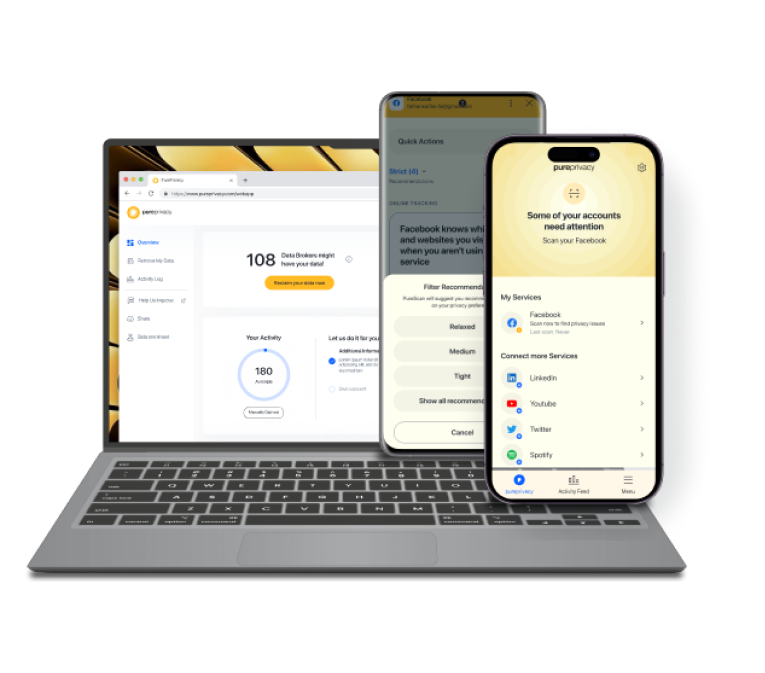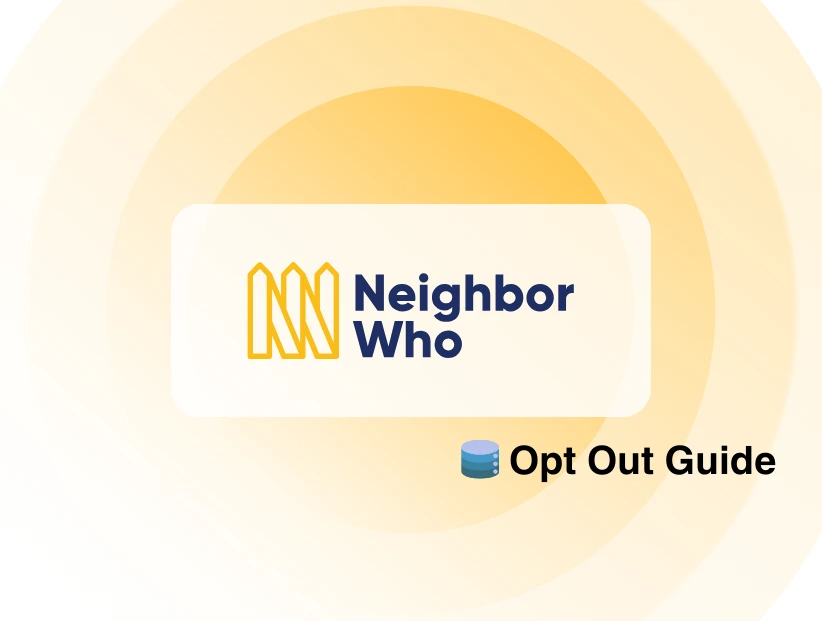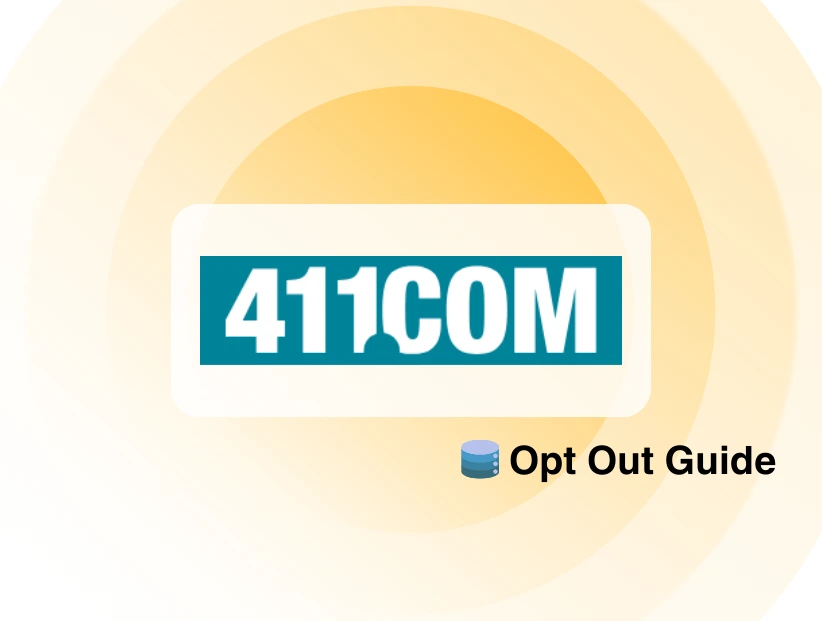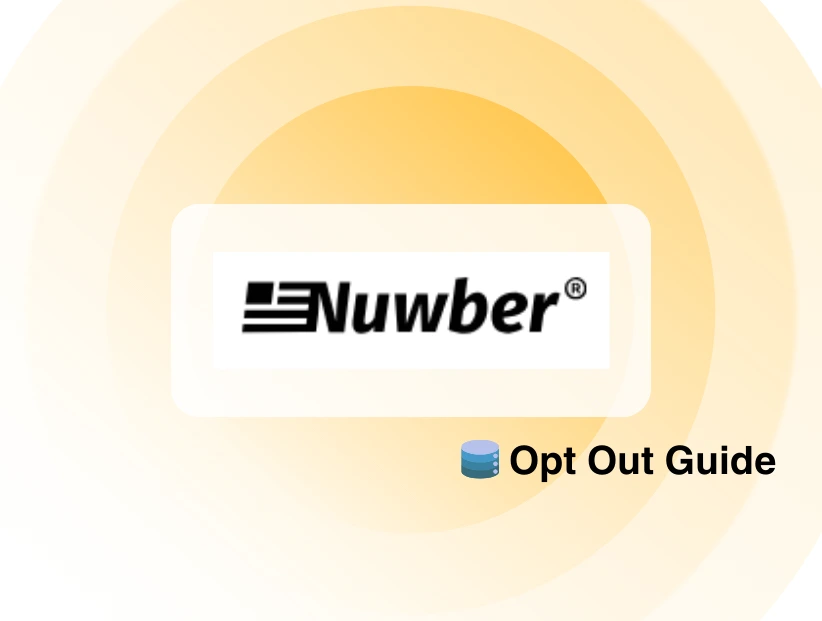Table of Content
Facebook is the biggest social network in the world and the best way to stay in touch with friends and loved ones, watch thrilling videos, and find interesting stories and news. But when you have limited internet access you need to know how much data this facebook platform uses & how to limit them to explore for a longer time.
This guide will explain each and everything about Facebook data usage, examine all the factors that affect it, and provide advice on controlling your data usage so that you can continue to have a seamless Facebook browsing experience.
Types Of Facebook Data Usage:
There are two main categories for data usage on Facebook:
Foreground Data Usage:
This is the data used by Facebook when you are actively using the app. This includes things like scrolling through your news feed, watching videos, and playing games. The amount of data used will depend on what you're doing, with features like auto-playing videos using the most data.
Background Data usage:
This is the data used by Facebook even when you're not actively using the app. This can include things like fetching notifications, updating your friend list, and preloading content for faster viewing later. Background data usage is typically much lower than foreground data usage, but it can still add up over time.
What Consumes Data on Facebook?
Facebook uses your internet data continuously when you are using it, while using facebook from a web browser typically uses less bandwidth than using the mobile app, which is renowned for consuming a lot of data. Let's break down each and every activity and their internet data consumption:
Surfing:
This is the common data consuming activity that someone performs on facebook. Starting from text-only posts, that uses very minimal data of few KBs to load. Even a long text post would likely be under 10 KB. Similarly, gifs and animations can also use only 500 KB to a few MB (depends on their complexity and length). While, loading image can range from 100 KB to 500 KB, with high-resolution ones reaching even 2 MB. Scrolling through a feed with 20 images might use anywhere from 2 MB to 10 MB. But Videos are the data monsters on Facebook. A minute-long SD video can use 10 MB to 20 MB, while an HD video can gobble up 50 MB to 100 MB or more. Just a few autoplaying HD videos can quickly drain your data plan!
Uploading:
Unlike surfing, uploading something on Facebook consumes more internet data. Let's discuss how much data is used when you upload a post, story or a reel.
Post:
Uploading text posts takes only a few kbs, while typical images can range from 100 KB to 500 KB, while high-resolution ones can reach 2 MB or even more. The data usage for uploading images on Facebook can vary depending on factors like image resolution and file size. For smaller images, like those taken with a phone camera or shared memes, it typically ranges from a few kilobytes to a few megabytes per image. Medium-sized images, such as those captured with a digital camera or slightly higher-resolution smartphone photos, might consume around 0.5 MB to 5 MB each. Larger images, such as high-resolution photos or graphics, could use up anywhere from 5 MB to 20 MB or more per image.
Story or reel:
Uploading content to Facebook Stories or Reels depends on the type: text uses negligible data (a few KB), images range from 10 KB for thumbnails to 500 KB for high-resolution photos, and videos are the data guzzlers, with short clips using 10-20 MB (SD) and reaching up to 100 MB for HD videos. Remember, resizing images and using Wi-Fi can significantly reduce data usage.
Messenger:
Facebook Messenger uses more data for some things than others. Sending texts barely uses any data, like under 1 KB. Voice calls use a little more, about the size of a small song (around 333 KB per minute). Video calls gobble up the most data, like watching a short video (5 MB to 15 MB per minute for SD). Sharing pictures and videos uses similar data as posting on Facebook. Sending voice notes is in the middle, using about 1 to 5 MB per minute.
Streaming:
Streaming videos on Facebook can be a most data draining activity on facebook. Expect to burn through 700 MB to 1 GB per hour for Standard Definition, while High Definition can gobble up a whopping 5 GB or more. Factors like stream duration, resolution, bitrate, and network impact data usage.
Check how much data my facebook is used:
Unfortunately, Facebook itself doesn't directly show data usage within the app. However, If you use Facebook Lite, it actually has a built-in Data Saver mode that displays how much data you've used.
Here's how to check how much data Facebook Lite has used on your phone:
- Open the Facebook Lite app on your phone.
- Tap the hamburger menu (three horizontal lines) located in the bottom right corner of the screen.
- Scroll down and tap on "Settings."
- Look for the option "App Data Saver" or "Data Saver" (depending on your version).
- Tapping on "App Data Saver" or "Data Saver" will likely display information about how much data Facebook Lite has used.
Frequently Asked Questions (FAQs)
-
Facebook app vs facebook web vs Facebook Lite which consumes less data usage?

Out of the three, Facebook Lite is the clear winner for data usage. It's designed specifically for slower connections and areas with limited data plans. Here's why: Facebook Lite skips features like auto-playing videos and preloading images, letting you choose when to download them, saving megabytes. It also has a smaller app size compared to the regular Facebook app. Finally, Facebook Lite uses a simpler interface and avoids animations, further reducing data consumption. The Facebook website accessed through your browser might use slightly less data than the full app, but it won't be as optimized for low data usage as Facebook Lite.
-
How much data does it take to complete one hour of Facebook Live?

Facebook Live data usage depends on video quality, but expect to use anywhere from 500 MB to 2 GB for an hour.
-
How many GB does Facebook use per hour?

Facebook's data consumption per hour hinges on your activity. Just browsing text and photos uses a modest 80MB, while video watching jumps to a hungrier 160MB. Keep this in mind to avoid data plan overages!
-
Average mb uses per minute on facebook platform?

Scrolling through Facebook's newsfeed, text posts, and photos uses an average of 1.5MB per minute, while video watching can gobble up a significant amount of data, reaching up to 2.6MB per minute. Keep in mind these are estimates and your actual usage may vary.






